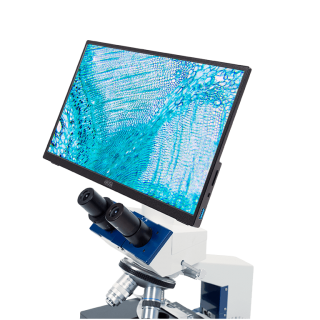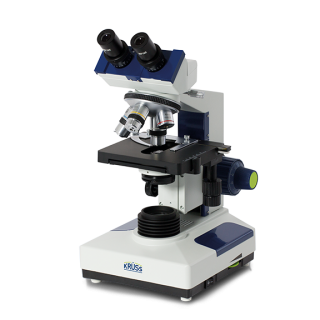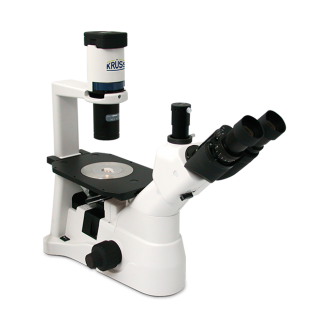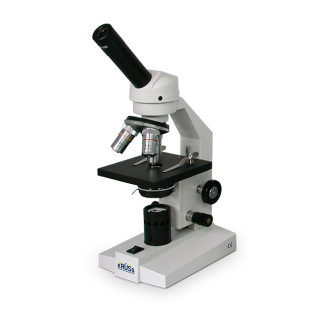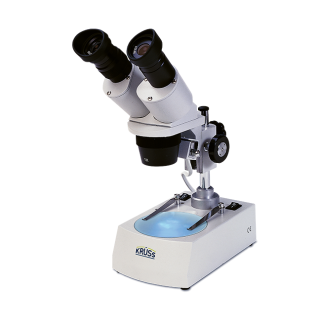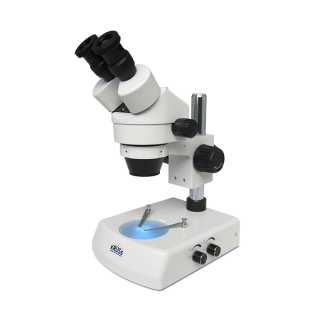Metallurgical incident light microscope
MBL3300

Incident light microscope MBL3300
Key features
Applications
Key features
Specialist in quality control
The MBL3300 is a real specialist. It is a perfect instrument for the identification and analysis of steel connections and other metals. It is also ideal for quality assessment, raw material analysis and examining metal structures following heat treatment. This metallurgical microscope is particularly well suited for laboratory and industrial applications. It is equipped with a phototube for connecting a camera.
Applications
Typical applications
The metallurgical incident light microscope is suitable for applications in the laboratory and in industry.
- Identification and analysis of metal compounds
- Material testing
- Ideal for quality determination
- Raw material analysis
- Control of metal structures after heat treatment
Model specifications
| MBL3300 | |
|---|---|
| OPTICAL HEAD | Inclined optical head,
Symmetrical eye distance adjustment (55 – 75 mm), Dioptre compensation with scale |
| OBJECTIVE REVOLVER | 3-times |
| OBJECTIVES | Planachromatic:
4x/NA 0.10 // object field Ø: 4.5 mm 10x/NA 0.25 // object field Ø: 1.8 mm 40x/NA 0.65 // object field Ø: 0.45 mm |
| EYEPIECES | 10x plane eyepiece
Field of view: 18 |
| CONDENSER | Double lens ABBE Condenser, NA 1.25, with centering and height adjustment |
| ILLUMINATION | 6 V 30 W adjustable |
| MAGNIFICATION | 40 to 400 |
| MICROSCOPE STAGE | XY Stage, moving range 120x80x mm |
| STAND | 6 V 30 W adjustable objectives |
| MAXIMUM OBJECT HEIGHT | 24 mm with 4x/NA 0.10
23 mm with 10x/NA 0.25 21 mm with 40x/NA 0.65 |
| FURTHER EQUIPMENT | Iris diaphragm
Filter holder Blue filter Green filter (optional) |
| POWER SUPPLY | 90–240 V |

